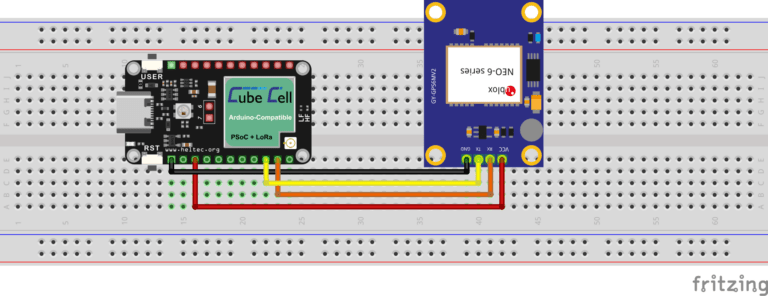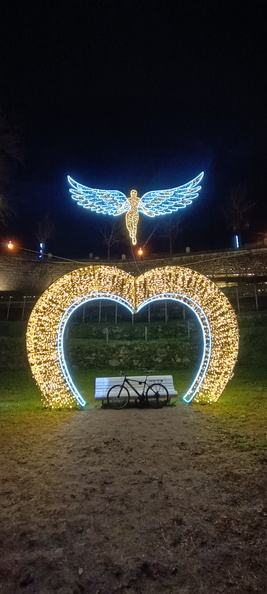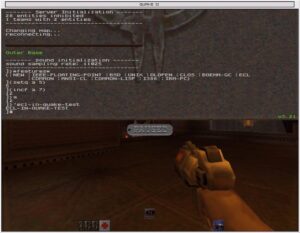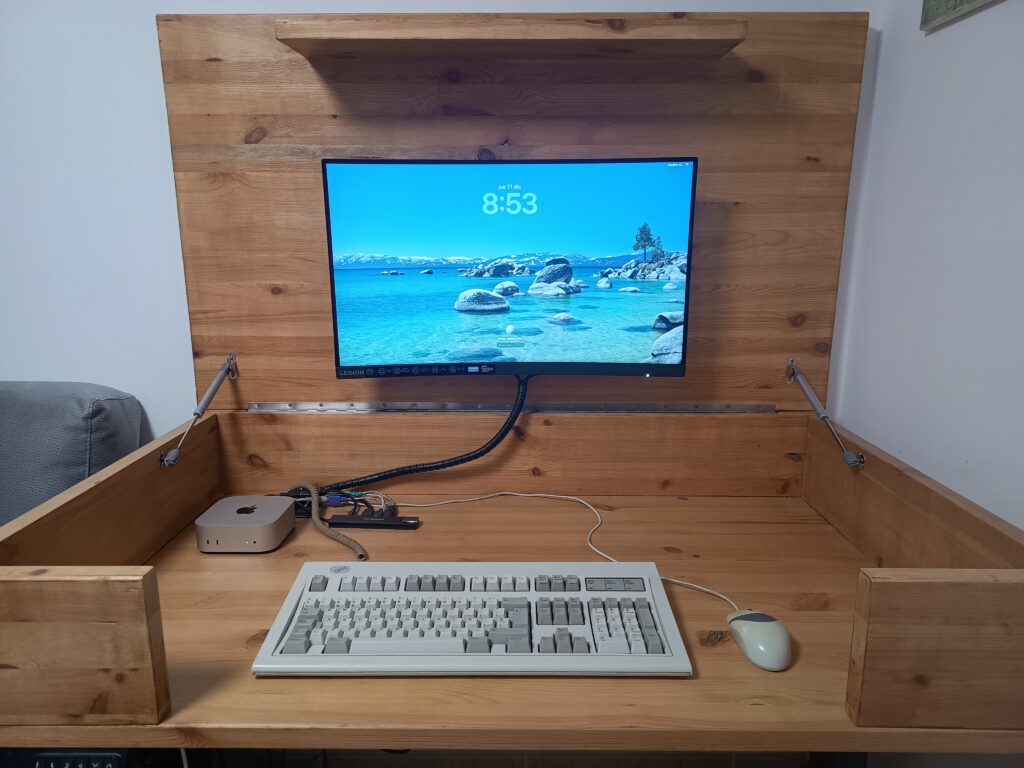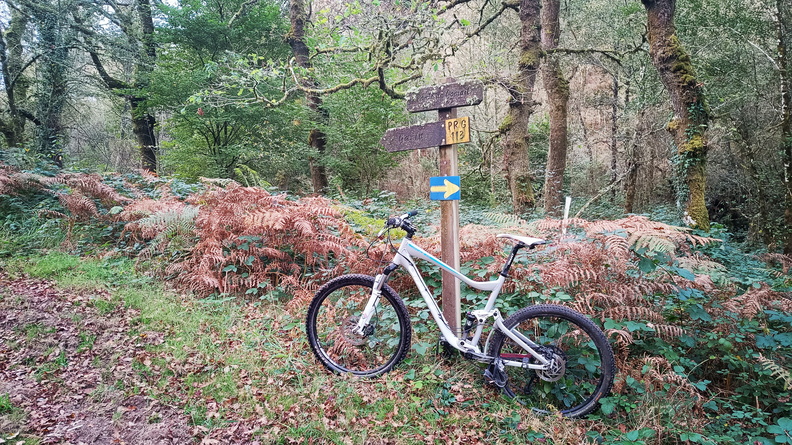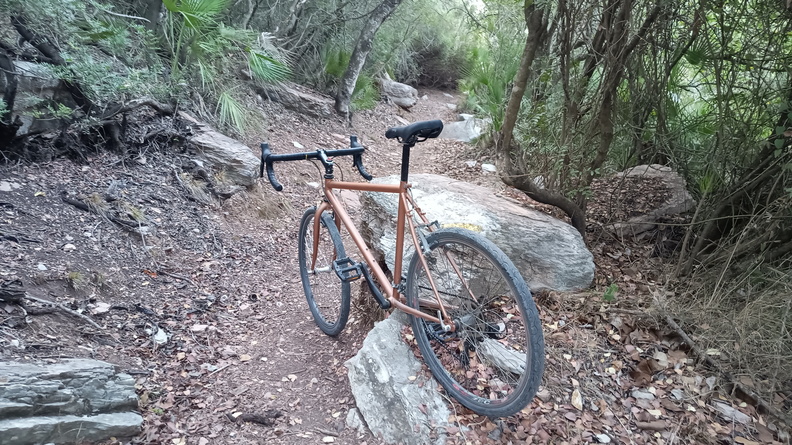En esta serie de artículos no podía faltar uno...
El proyecto, llegado a este punto, había cumplido con...
Llegados a este punto, el siguiente paso en el...
Una vez solventados los asuntos de la infraestructura LoRaWAN,...
El siguiente paso en el proyecto era disponer de...
El primer punto para iniciar el proyecto de trazabilidad...
Hace ya algunos años que llevo trasteando con la...
Uno de los proyectos en los que he estado...
Este verano, por razones que de momento no vienen...
El 19 de diciembre de 2024, justo antes de...


